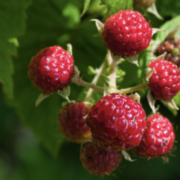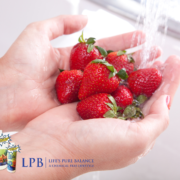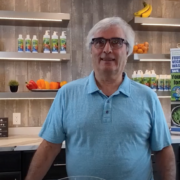Ask and Ye Shall be Rewarded…or Maybe not.
By Bill Adler, MPH, RS
Technical Food Safety Consultant
When I was working with restaurants, etc, there was a two-fold fear among my peers that our agency wasn’t doing enough to protect the dining public. The regulations under which we worked were geared towards providing protection from bacteria and viruses. Little, actually, was being done to protect anyone from organic or inorganic chemistry. Further, after about 1985, care facilities such as nursing homes and assisted living places lost the environmental portion of their inspection process because of a fluke in federal guidance. It said all members of the care facility evaluation teams had to be able to do the jobs of everyone on the team. And since the driving force was nursing, the qualifying tests were primarily nursing-oriented. In a nutshell, over 1200 environmental health specialists who worked with food, water supply, sewage disposal, and air quality around the country were let go, and those duties were taken over by the nurses. Hmmm, I think you know where this is going.
Today, across the nation, nurses evaluating nursing and care facilities do a dynamite job looking at care. What many don’t have is much training in food safety. Now, to be fair, the kitchen staff I’ve met in care facilities, which were attached to places I was inspecting, were excellent at doing their jobs. They produced pretty safe food most of the time. What they lacked, however, was any direction on how to handle produce, including effectively washing fruits and vegetables, because the nurses lacked this training themselves.
So, one wonders how the fruits and vegetables are being handled in care facilities? Are lemons and oranges washed before the peel is grated for fresh zest? Are apples washed before they’re chopped for Waldorf salad? Is garden-fresh lettuce washed to remove whatever nature poured onto it with the rain, or carried over chemicals from the pesticides applied to tomato cutworms? Without direction from regulators, many care facilities only do what the regulations call for. And if the regulations aren’t specific, it’s anybody’s guess what the residents are getting.
The next time you talk to the care facility staff, ask them to describe how they wash fruits and vegetables. If it’s only in water, the wax and pesticides are still there…and that’s what your loved ones are eating.
Bill Adler is an expert in food safety, foodborne illnesses, and the foodservice inspection industry. He has conducted training for the Center for Disease Control and Prevention (CDC) teaching local, state, and federal disease investigators as well as working with laboratory specialists and epidemiologists. Bill has worked extensively with the Minnesota Department of Health (MDH) to perform food service inspections and train local and state public health employees.










 The earth is flat was a common misconception in the Middle Ages. Many scholars believed this to be false, yet individuals like Galileo were punished when he went public with his demonstrations to the contrary. News Flash: Fake news was in existence even in the Middle Ages!
The earth is flat was a common misconception in the Middle Ages. Many scholars believed this to be false, yet individuals like Galileo were punished when he went public with his demonstrations to the contrary. News Flash: Fake news was in existence even in the Middle Ages!

